Deck & Commander Strategies
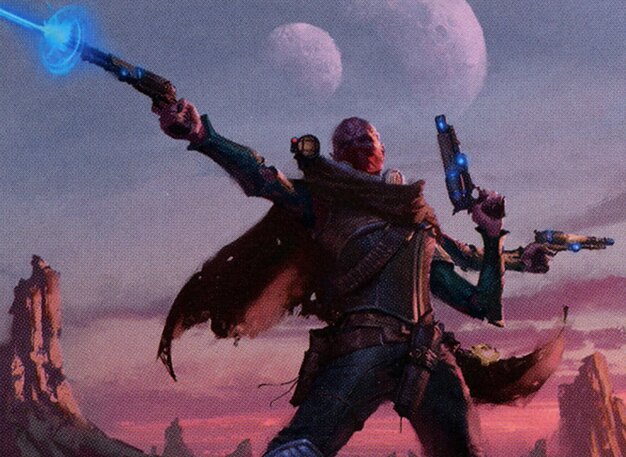
Ghyrson Starn, Kelermorph
A Timmy-style deck focused on pinging opponents for damage and drawing cards through curiosity combos, using cheap creatures and spells to maintain tempo and incremental damage.
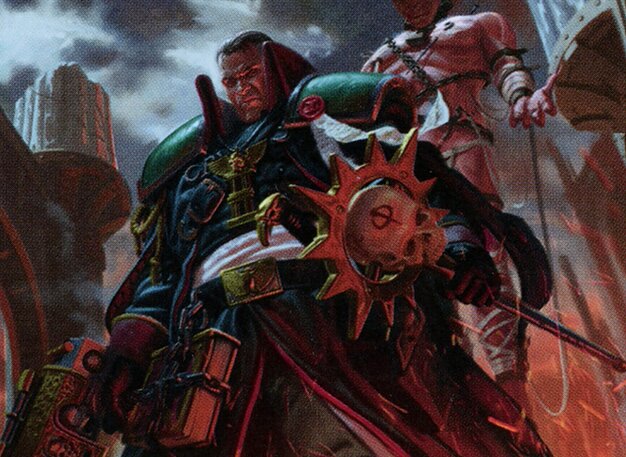
Inquisitor Eisenhorn
Leverages combat damage to investigate and create clue tokens, which are then used for card advantage and summoning a powerful demon to apply board pressure.
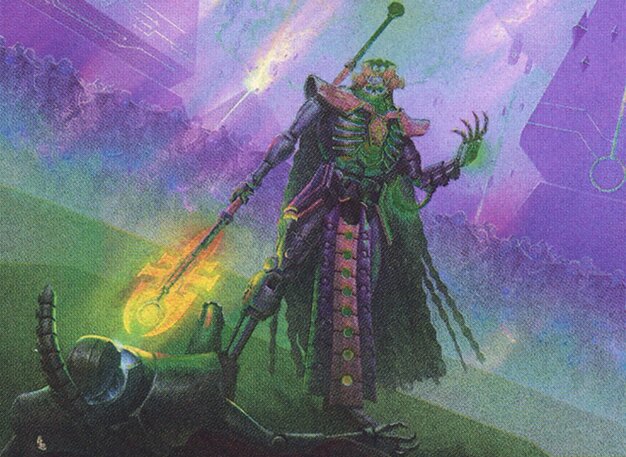
Imotekh the Stormlord
A monoblack artifact tribal deck that produces multiple artifact creature tokens, uses graveyard recursion, and buffs its board with menace and other keyword abilities to overwhelm opponents.
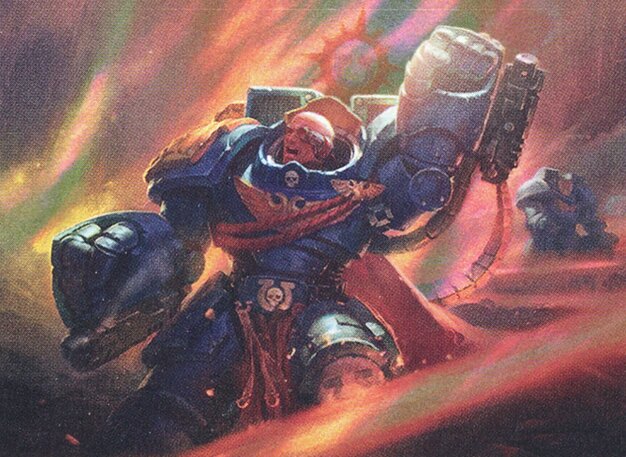
Marneus Calgar
Token generation and value-based deck that uses tokens to draw cards and gain incremental advantage, combined with removal spells and efficient combat threats.
Gameplay Insights
- 1
Attaching Curiosity to a ping creature created a strong card draw engine, allowing for sustained pressure and resource advantage.
- 2
Inquisitor Eisenhorn's combat damage triggers multiple investigations, efficiently generating clues and enabling a powerful demon token quickly.
- 3
Imotekh's ability to create artifact creature tokens and buff them with menace made blocking difficult and maintained offensive momentum.
- 4
Marneus Calgar utilized removal spells tactically to eliminate key threats, protecting his token-based value engine.
- 5
Players balanced aggressive attacks with prudent protection of key creatures, emphasizing the importance of timing in high-power Commander games.
Notable Cards
-
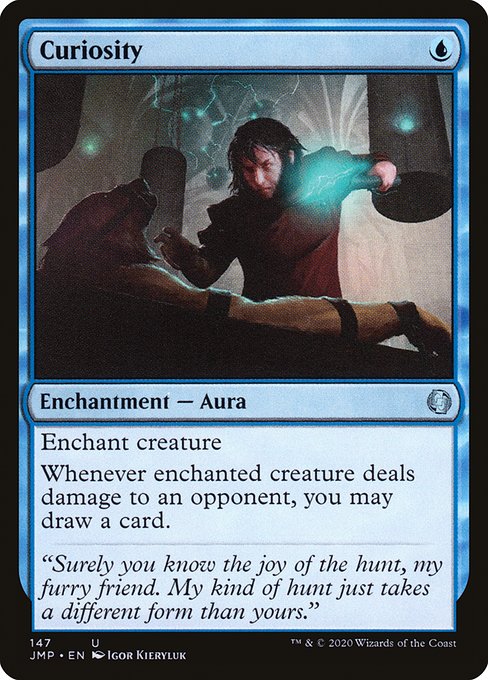
Curiosity
-

Swords to Plowshares
-
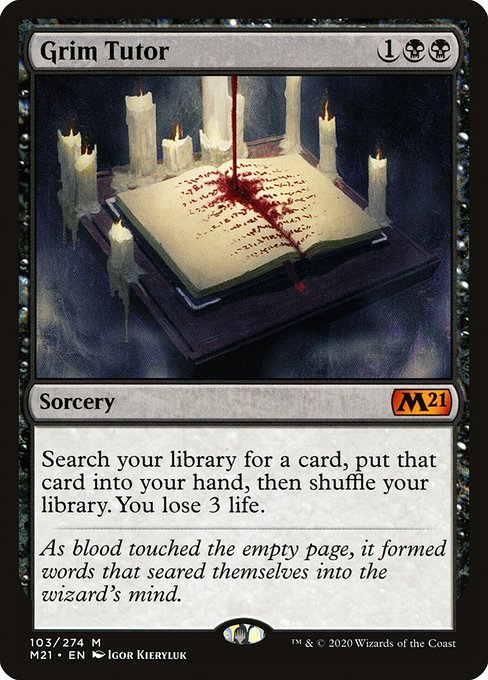
Grim Tutor
-
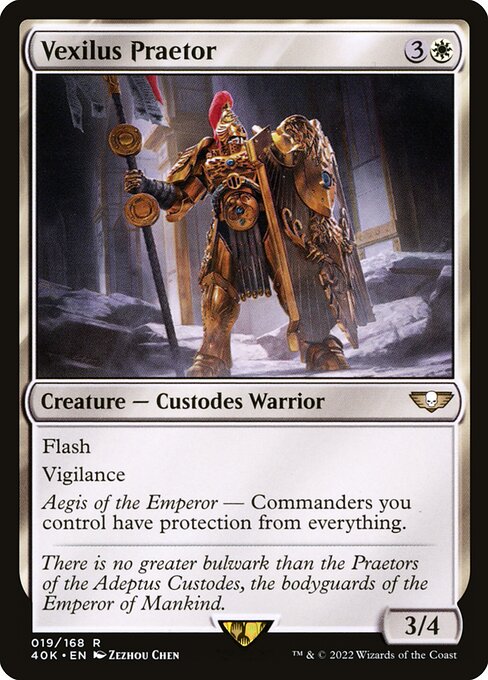
Vexilus Praetor
-

Adeline, Resplendent Cathar
-
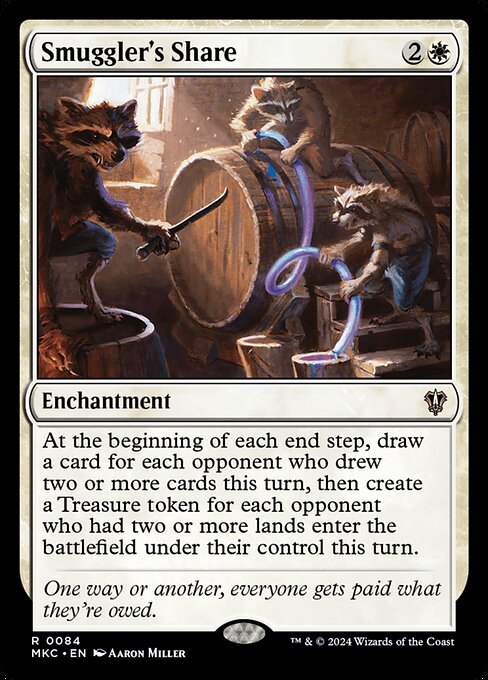
Smuggler's Share
Gameplay Summary
The game started with players developing their mana bases and setting up their decks' early strategies.
Ghyrson Starn's deck focused on pinging opponents and drawing cards via curiosity combos, quickly accumulating card advantage.
Inquisitor Eisenhorn aimed to generate investigate tokens and leverage those for advantage while summoning a demon to pressure opponents.
Imotekh the Stormlord’s Necron tribal deck emphasized artifact creature tokens and graveyard recursion, slowly building a resilient board presence.
Marneus Calgar’s deck focused on generating and capitalizing on tokens to draw cards and increase value over time. Early key moments included Ghyrson Starn casting curiosity on a Land Lobber, enabling a draw engine that quickly amassed cards and dealt incremental damage.
Eisenhorn effectively used his combat damage to investigate and efficiently generate a demon token, increasing his board threat.
Imotekh maintained board presence with artifact tokens and a powerful commander that buffed and granted menace to other artifacts.
Marneus Calgar pressured players with token swarms and utilized removal spells like Swords to Plowshares to control threats.
The game saw a dynamic interplay of card draw, token generation, and combat damage, with players leveraging their commanders' abilities to apply pressure and maintain board control.
The interactions between curiosity combos, artifact recursion, and token synergies shaped the midgame tempo and board state. While the game was ongoing with high power decks, the synergy of curiosity on Ghyrson Starn’s ping creatures and Imotekh’s artifact token generation stood out as pivotal.
The players used removal and protection spells strategically to maintain advantage, while Eisenhorn’s demon token posed a significant threat.
The game’s win condition revolved around overwhelming opponents with incremental damage through pings and tokens, backed by strong card advantage and board control, highlighting the power and complexity of these Warhammer 40k-themed Commander decks.
















![Warhammer 40,000 Upgraded [Commander VS 313] | Magic: the Gathering Commander Gameplay thumbnail](https://i.ytimg.com/vi/C5lxkOuAUw0/sddefault.jpg)


























